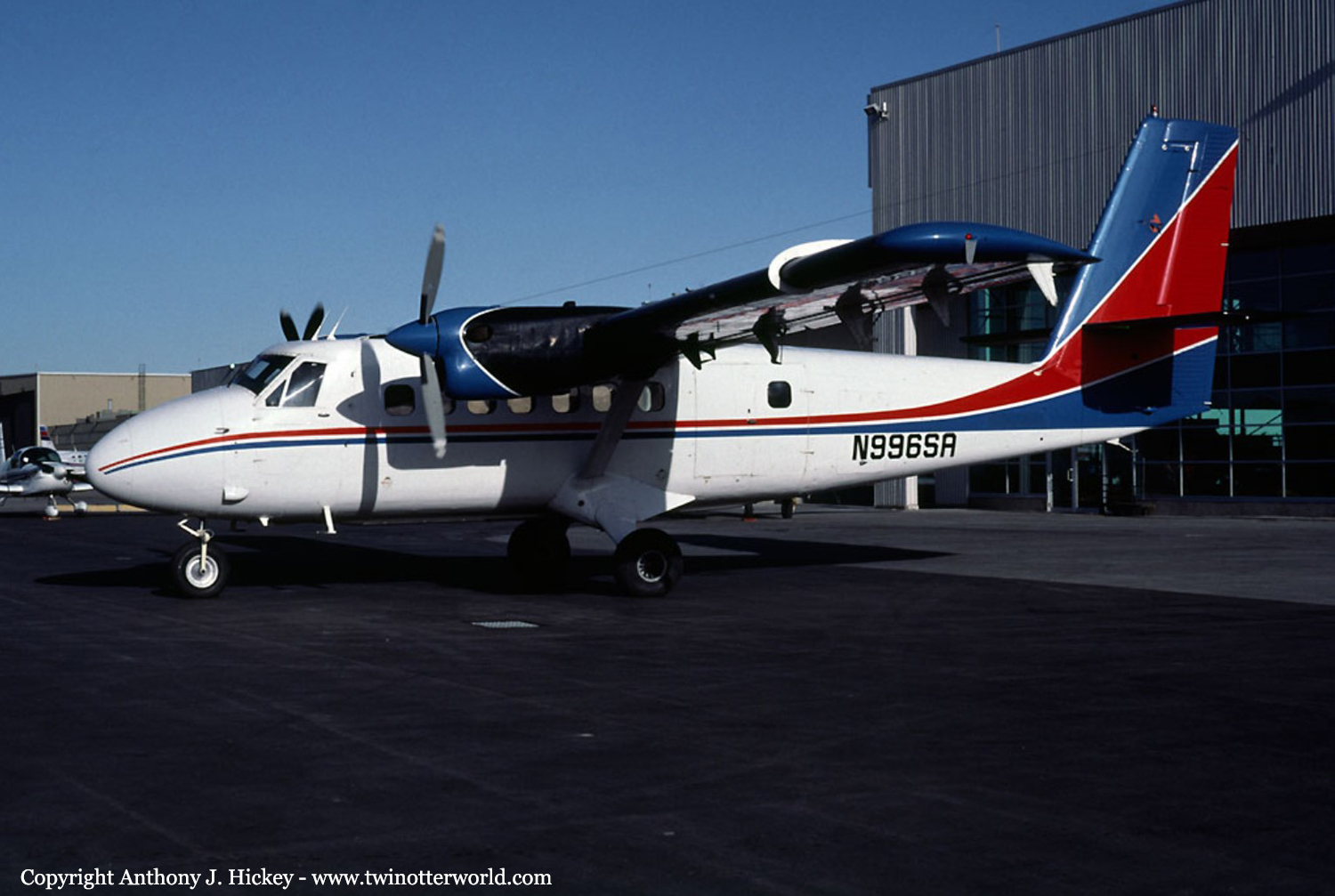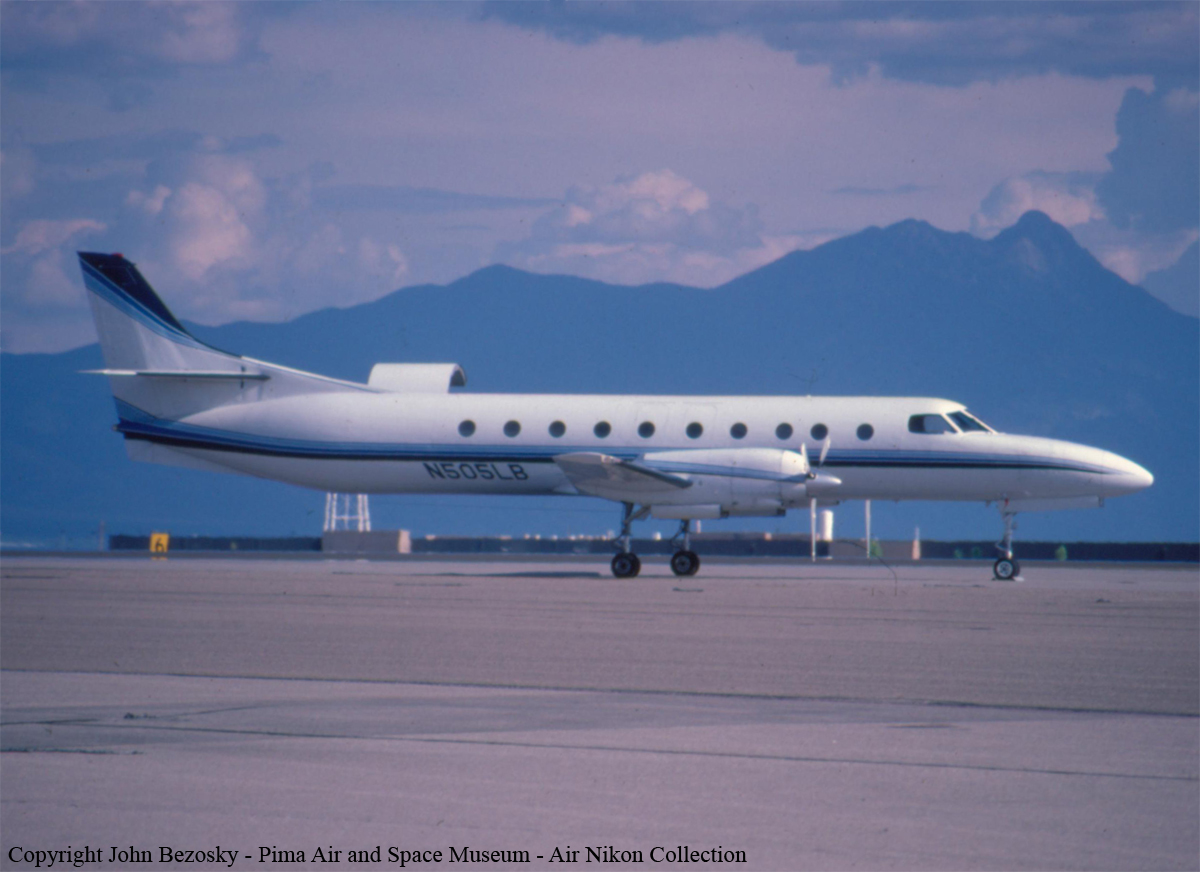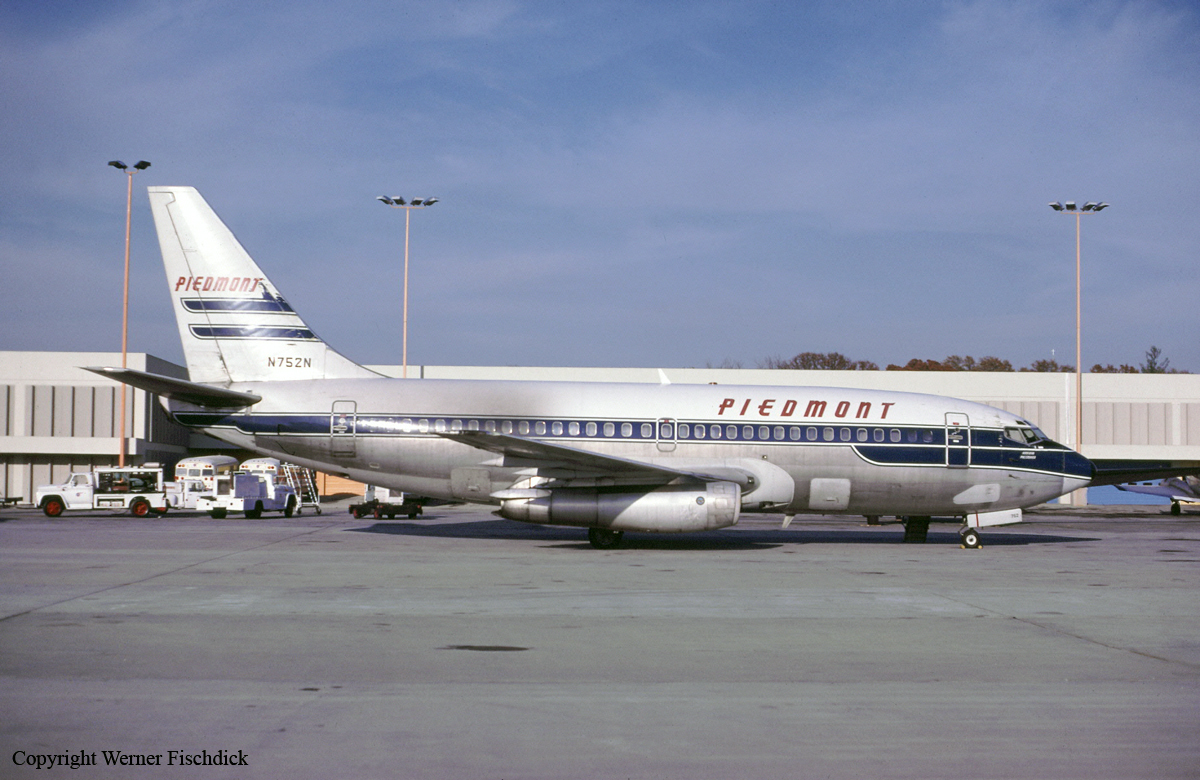Crash of a De Havilland DHC-6 Twin Otter 200 in Charlotte
Date & Time:
Jan 19, 1988 at 1913 LT
Registration:
N996SA
Survivors:
Yes
Schedule:
Erie - Charlotte
MSN:
159
YOM:
1968
Crew on board:
1
Crew fatalities:
Pax on board:
0
Pax fatalities:
Other fatalities:
Total fatalities:
0
Captain / Total hours on type:
320.00
Circumstances:
During the final approach on the instrument landing system, the pilot descended below the glidepath. The aircraft collided with a tree and struck the ground short of the runway threshold. The pilot was seriously injured.
Probable cause:
Occurrence #1: in flight collision with object
Phase of operation: approach - faf/outer marker to threshold (ifr)
Findings
1. Object - tree(s)
2. (c) ifr procedure - not followed - pilot in command
3. (f) weather condition - below approach/landing minimums
Phase of operation: approach - faf/outer marker to threshold (ifr)
Findings
1. Object - tree(s)
2. (c) ifr procedure - not followed - pilot in command
3. (f) weather condition - below approach/landing minimums
Final Report:








